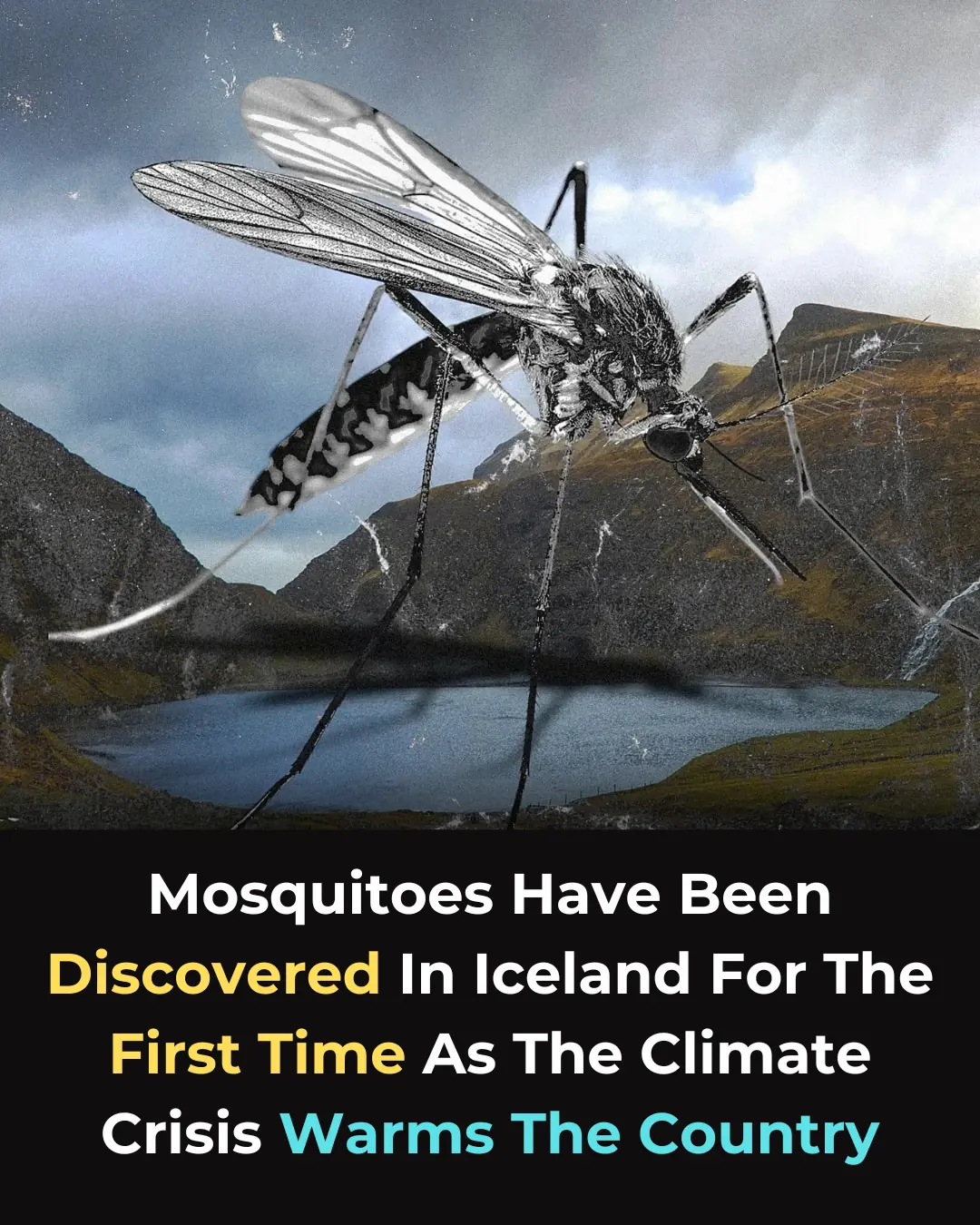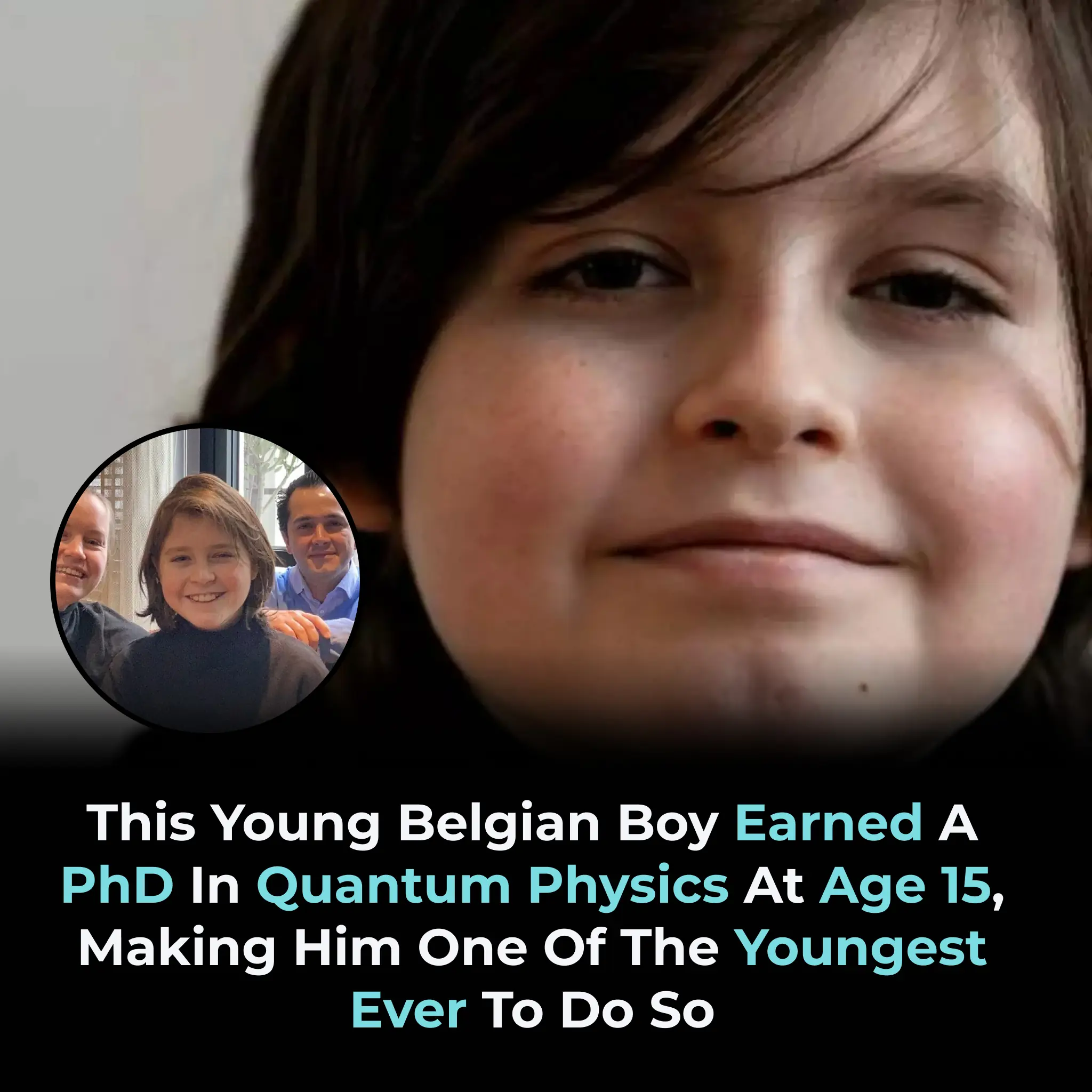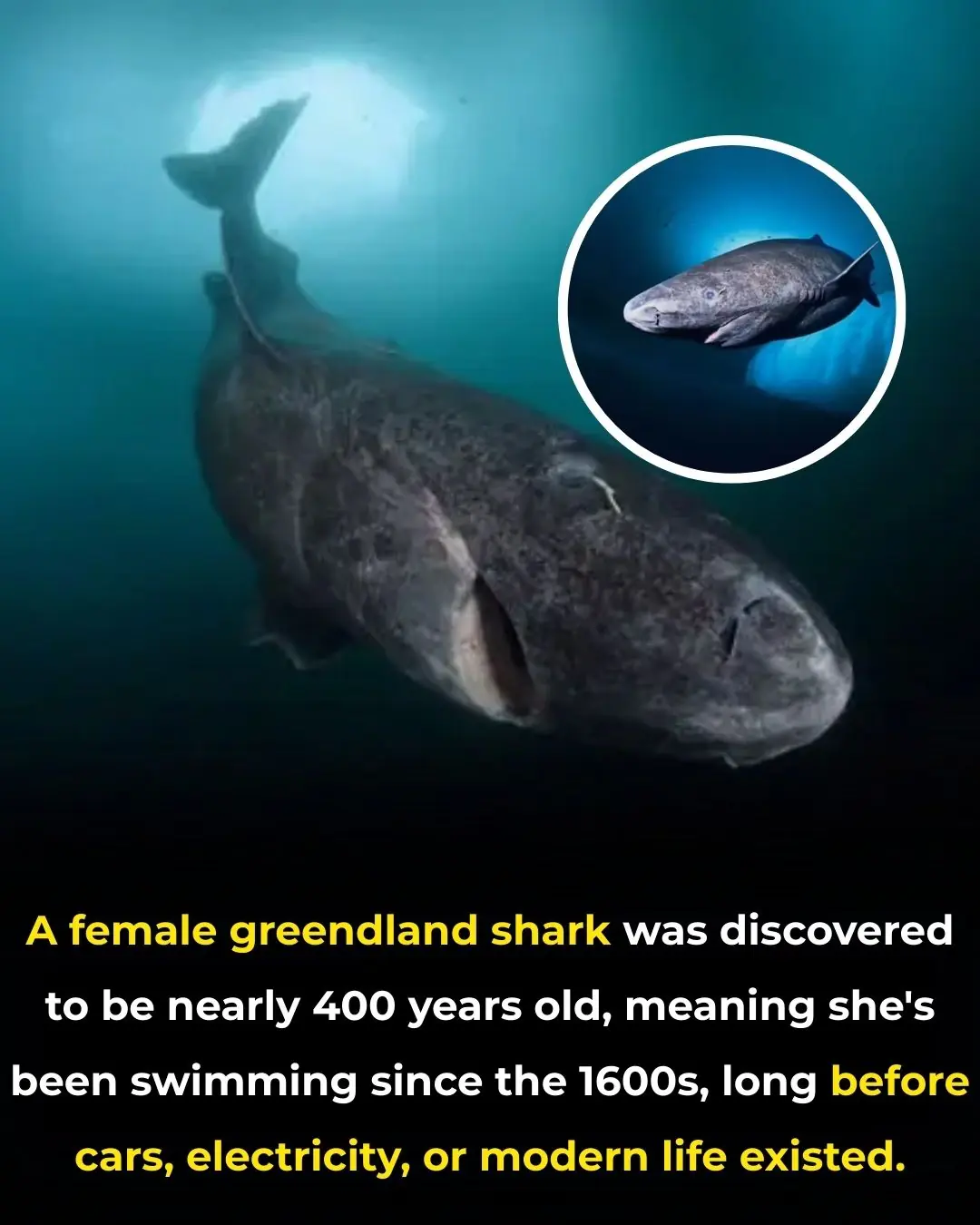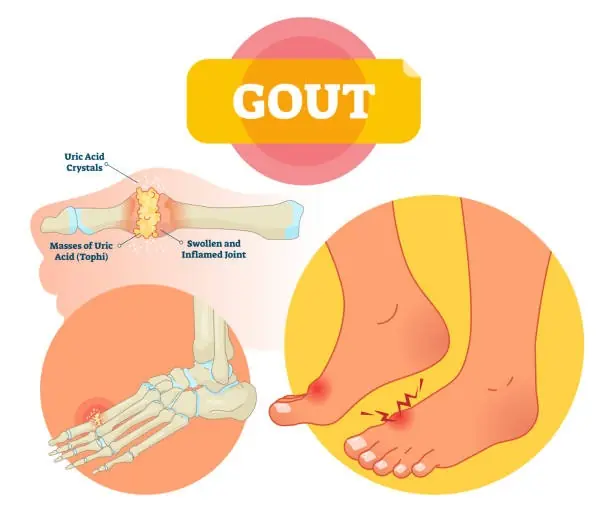
From Space to Earth: The Science Behind Felix Baumgartner’s Record-Breaking Jump
On October 14, 2012, Felix Baumgartner made history by performing a jump from 128,100 feet (almost 39 kilometers) above Earth, reaching a speed of 843.6 mph (Mach 1.24), making him the first person to break the sound barrier without the assistance of a vehicle. This incredible feat, while seeming like a daring stunt, was actually a significant scientific experiment aimed at advancing aerospace technology and human safety in extreme environments.
Baumgartner's freefall lasted for approximately 4 minutes and 20 seconds, during which he descended at a supersonic speed, reaching heights previously unimaginable for a human. He eventually landed safely in the deserts of New Mexico, with the world watching in awe as he defied the limits of human endurance and aerodynamics. The jump was performed as part of Red Bull Stratos, a project designed to study the effects of extreme altitude and speed on the human body.
What Made This Jump So Special?
This wasn't just a record-breaking stunt. It was a carefully planned and executed experiment with major scientific implications. Baumgartner's jump tested pressure suits, which protect astronauts and pilots from the harmful effects of low pressure at high altitudes, and reentry safety protocols, which are essential for both space travel and high-altitude skydiving. The data collected during the jump provided valuable insights into human survival at extreme altitudes, something that could improve both aerospace safety and future space exploration.
The Red Bull Stratos mission also had significant implications for space travel. It demonstrated the effectiveness of pressure suits designed to protect astronauts and tested the psychological resilience needed for such a high-risk venture. As Baumgartner fell toward Earth at incredible speeds, he was subjected to extreme forces, including the risk of breaking the sound barrier, which in itself is an achievement that very few have experienced, either in aircraft or freefall.
Baumgartner’s achievement wasn’t just a giant leap for science; it was a milestone in human potential. It showcased the limits of human endurance, demonstrating how far science, technology, and human willpower can push the boundaries of what's possible. The mission not only inspired millions but also laid the groundwork for more advanced exploration, whether it be in aerospace or the limits of human performance under pressure.
Why It Matters
Felix Baumgartner’s jump was not only about breaking records — it was about advancing the science behind human exploration at high altitudes. The data collected has been used in aerospace engineering, aviation, and space programs. It helped researchers understand better how the human body reacts to extreme pressures and rapid accelerations, crucial for pilots, astronauts, and those involved in high-altitude activities. Moreover, it opened the door for more adventurous human feats in aerospace, leading the way for more bold missions in the future.
Baumgartner’s achievement serves as a reminder that human curiosity and innovation can lead to breakthroughs that once seemed impossible. It was a collaboration of science, technology, and human spirit, illustrating how daring leaps into the unknown can redefine the limits of possibility.
News in the same category


Maximize Broccoli's Cancer-Fighting Power: The Simple Trick That Boosts Sulforaphane Formation

Hidden Fungi in Your Nose: A Surprising Cause of Allergies and Asthma

From Dialysis to Remission: How New Drugs Are Changing the Fight Against Chronic Kidney Disease

The Hidden Beauty of Grass: Discovering Smiling Faces Under the Microscope

The Quiet of Blue Whales: How Climate Change is Affecting Whale Behavior and Ecosystems

The Arrival of Mosquitoes in Iceland: A Sign of Shifting Ecosystems and Public Health Risks

PP405: A Promising New Drug That Could Revolutionize Hair Loss Treatment by Reactivating Dormant Hair Follicles

Astronomers Capture Groundbreaking Image of New Solar System Formation

Denmark's 'Rolling Grocer' Initiative Brings Fresh Food and Community Connection to Rural Seniors

Mosquitoes Discovered in Iceland for the First Time: A Warning of Climate Change Effects

Denis Vashurin: The Man Who Appears as a Teenager Despite Being in His 40s

M.K. Prakasan: The Teacher Who Swims 12 km Daily to Educate Students in Kerala

Belgian Prodigy Laurent Simons Earns PhD in Quantum Physics at Just 15 Years Old

Revolutionary Cancer Treatment: Activating Immune Structures Within Tumors to Shrink Cancer and Prevent Relapse

Linking Digestive Health, Vitamin D, and Neurodegenerative Diseases: A Pathway to Cognitive Health

The 400-Year-Old Greenland Shark: A Living Witness to Centuries

The Hidden Dangers of Long-Term Energy Drink Consumption

Frozen Time Capsule: Scientists Reveal Ancient Antarctic Landscape
News Post

Few Know This Trick To Stop Uric Acid Crystals From Destroying Joints

WHAT IS THROMBOSIS? SYMPTOMS AND HOW TO PREVENT IT

Natural Eyelash Growth Remedies – Oils, Serums & Home Treatments

Transforming Oil into Green Prosperity: The Success of Norway’s Sovereign Wealth Fund

Maximize Broccoli's Cancer-Fighting Power: The Simple Trick That Boosts Sulforaphane Formation

Hidden Fungi in Your Nose: A Surprising Cause of Allergies and Asthma

From Dialysis to Remission: How New Drugs Are Changing the Fight Against Chronic Kidney Disease

The Hidden Beauty of Grass: Discovering Smiling Faces Under the Microscope

The Quiet of Blue Whales: How Climate Change is Affecting Whale Behavior and Ecosystems

The Arrival of Mosquitoes in Iceland: A Sign of Shifting Ecosystems and Public Health Risks

PP405: A Promising New Drug That Could Revolutionize Hair Loss Treatment by Reactivating Dormant Hair Follicles

Astronomers Capture Groundbreaking Image of New Solar System Formation

Denmark's 'Rolling Grocer' Initiative Brings Fresh Food and Community Connection to Rural Seniors

Mosquitoes Discovered in Iceland for the First Time: A Warning of Climate Change Effects

Denis Vashurin: The Man Who Appears as a Teenager Despite Being in His 40s

M.K. Prakasan: The Teacher Who Swims 12 km Daily to Educate Students in Kerala

Belgian Prodigy Laurent Simons Earns PhD in Quantum Physics at Just 15 Years Old

Revolutionary Cancer Treatment: Activating Immune Structures Within Tumors to Shrink Cancer and Prevent Relapse

